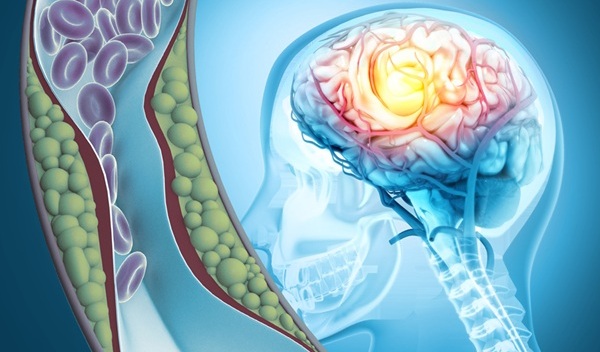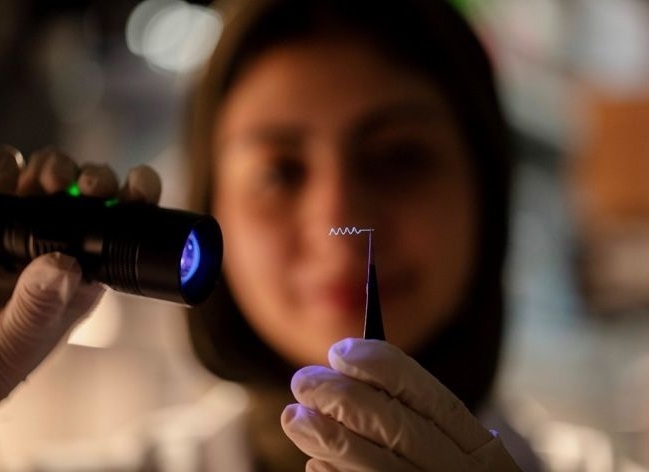Apple Opens iPhone EHR Feature to U.S. Healthcare Organizations
|
By HospiMedica International staff writers Posted on 17 Jul 2019 |
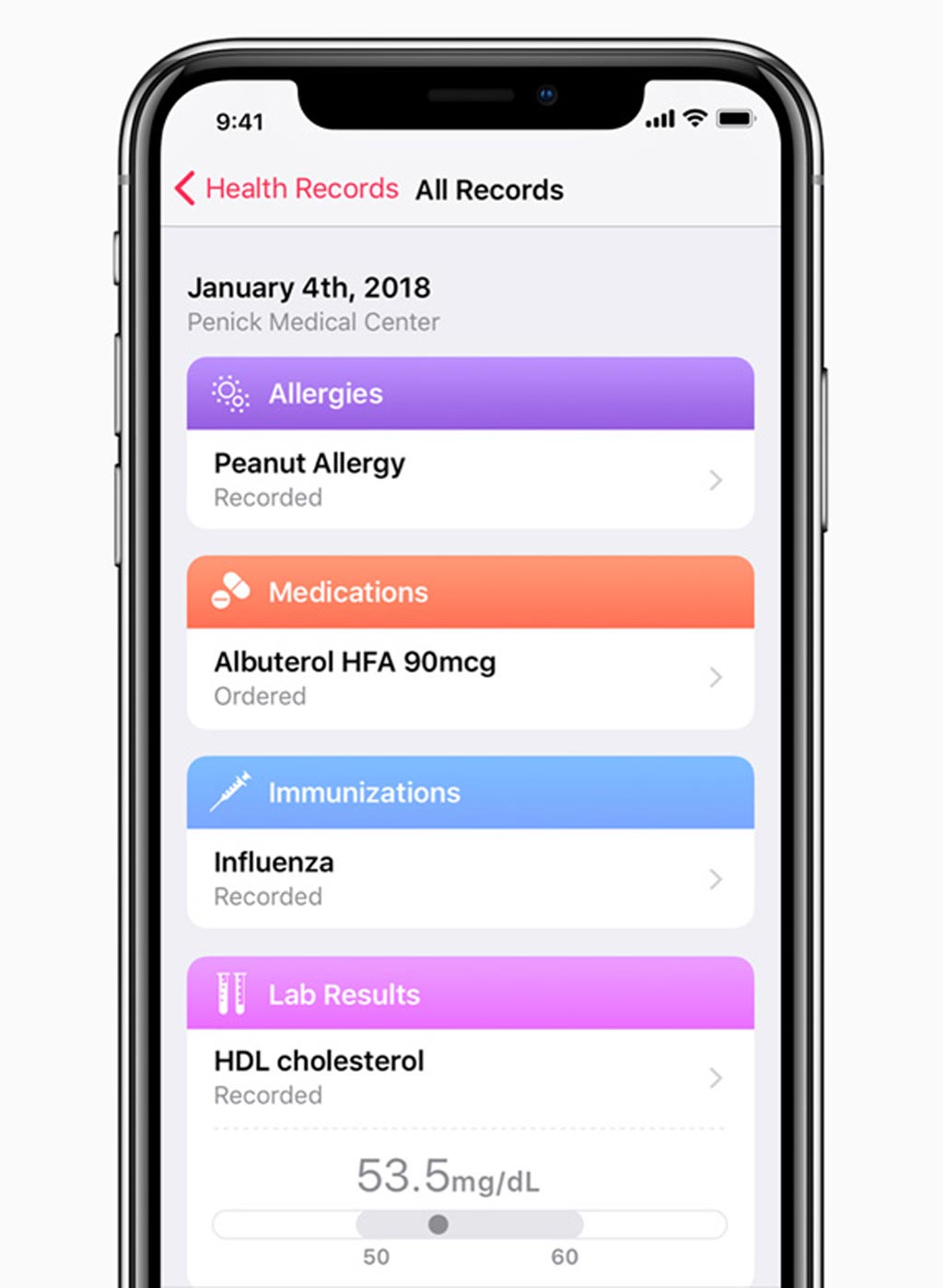
Image: Apple PHR organizes Medical records into a clear, easy to understand timeline view (Photo courtesy of Apple).
Apple will allow any healthcare organization with a compatible electronic health record (EHR) to register with its mobile Health Records feature, which will allow users to securely and privately download their data to a personal health record (PHR) on their iPhone.
Compatible EHRs are based on Fast Healthcare Interoperability Resources (FHIR), a standards framework for exchanging clinical data over the Internet. There are currently about 300 healthcare organizations, labs, and clinics (with over 6,500 locations across the United States) that have registered in the Apple Health Records directory in the Health app. The EHRs that Apple currently supports include Epic, Cerner, athenahealth, and CPSI, which are capable of plugging into the PHR app. Patients can download their EHR after presenting their credentials to the practice or a hospital patient portal.
Under a proposed rule from the Office of the National Coordinator for Health IT (ONC; Washington, DC, USA), certified EHRs will have to include FHIR application programming interfaces (APIs) that allow patients to access their medical records.
Because FHIR allows semantic interoperability, information from multiple providers can flow into the appropriate categories in the Apple PHR. Thus a patient should be able to view all of their medications, problems, lab results, procedures, vitals, and immunizations from different providers in one place.
“Our goal is to help consumers live a better day. We’ve worked closely with the health community to create an experience everyone has wanted for years, to view medical records easily and securely right on your iPhone,” said Jeff Williams, COO of Apple. “By empowering customers to see their overall health, we hope to help consumers better understand their health and help them lead healthier lives.”
“Putting the patient at the center of their care by enabling them to direct and control their own health records has been a focus for us at Cedars-Sinai for some time. We are thrilled to see Apple taking the lead in this space by enabling access for consumers to their medical information on their iPhones,” said Darren Dworkin, Chief Information Officer at Cedars-Sinai Medical Center (Los Angeles, CA, USA). “Apple is uniquely positioned to help scale adoption because they have both a secure and trusted platform and have adopted the latest industry open standards at a time when the industry is well positioned to respond.”
Related Links:
Office of the National Coordinator for Health IT
Compatible EHRs are based on Fast Healthcare Interoperability Resources (FHIR), a standards framework for exchanging clinical data over the Internet. There are currently about 300 healthcare organizations, labs, and clinics (with over 6,500 locations across the United States) that have registered in the Apple Health Records directory in the Health app. The EHRs that Apple currently supports include Epic, Cerner, athenahealth, and CPSI, which are capable of plugging into the PHR app. Patients can download their EHR after presenting their credentials to the practice or a hospital patient portal.
Under a proposed rule from the Office of the National Coordinator for Health IT (ONC; Washington, DC, USA), certified EHRs will have to include FHIR application programming interfaces (APIs) that allow patients to access their medical records.
Because FHIR allows semantic interoperability, information from multiple providers can flow into the appropriate categories in the Apple PHR. Thus a patient should be able to view all of their medications, problems, lab results, procedures, vitals, and immunizations from different providers in one place.
“Our goal is to help consumers live a better day. We’ve worked closely with the health community to create an experience everyone has wanted for years, to view medical records easily and securely right on your iPhone,” said Jeff Williams, COO of Apple. “By empowering customers to see their overall health, we hope to help consumers better understand their health and help them lead healthier lives.”
“Putting the patient at the center of their care by enabling them to direct and control their own health records has been a focus for us at Cedars-Sinai for some time. We are thrilled to see Apple taking the lead in this space by enabling access for consumers to their medical information on their iPhones,” said Darren Dworkin, Chief Information Officer at Cedars-Sinai Medical Center (Los Angeles, CA, USA). “Apple is uniquely positioned to help scale adoption because they have both a secure and trusted platform and have adopted the latest industry open standards at a time when the industry is well positioned to respond.”
Related Links:
Office of the National Coordinator for Health IT
Channels
Critical Care
view channel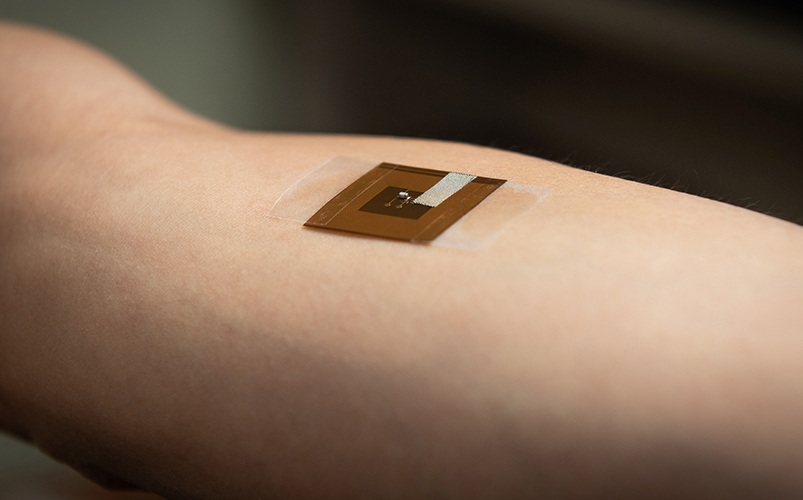
Wearable Patch for Early Skin Cancer Detection to Reduce Unnecessary Biopsies
Skin cancer remains one of the most dangerous and common cancers worldwide, with early detection crucial for improving survival rates. Traditional diagnostic methods—visual inspections, imaging, and biopsies—can... Read more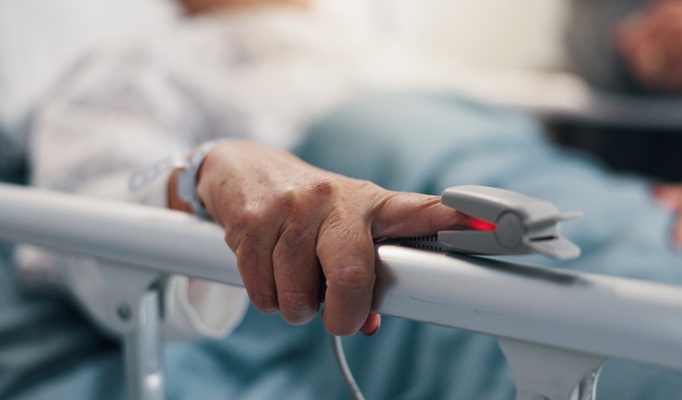
Pulse Oximeter Index Offers Non-Invasive Guides for Fluid Therapy
In patients with acute circulatory failure, deciding whether to administer intravenous fluids is often a life-or-death decision. Too little fluid can leave organs underperfused, while too much can cause... Read moreSurgical Techniques
view channel
Robotic Assistant Delivers Ultra-Precision Injections with Rapid Setup Times
Age-related macular degeneration (AMD) is a leading cause of blindness worldwide, affecting nearly 200 million people, a figure expected to rise to 280 million by 2040. Current treatment involves doctors... Read more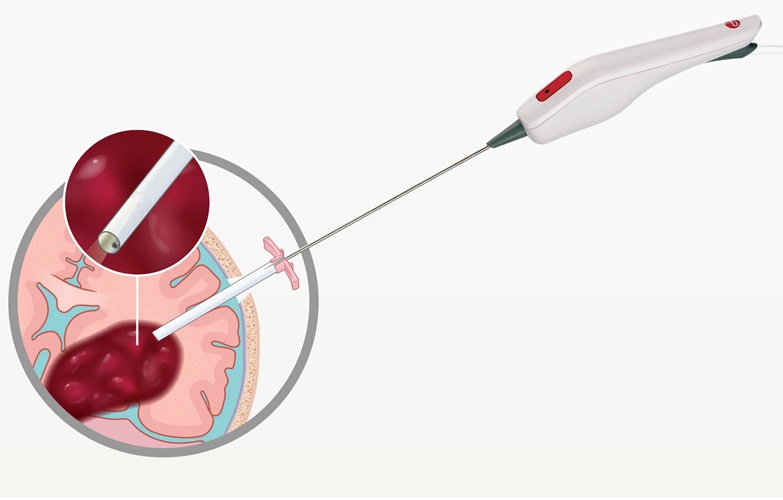
Minimally Invasive Endoscopic Surgery Improves Severe Stroke Outcomes
Intracerebral hemorrhage, a type of stroke caused by bleeding deep within the brain, remains one of the most challenging neurological emergencies to treat. Accounting for about 15% of all strokes, it carries... Read morePatient Care
view channel
Revolutionary Automatic IV-Line Flushing Device to Enhance Infusion Care
More than 80% of in-hospital patients receive intravenous (IV) therapy. Every dose of IV medicine delivered in a small volume (<250 mL) infusion bag should be followed by subsequent flushing to ensure... Read more
VR Training Tool Combats Contamination of Portable Medical Equipment
Healthcare-associated infections (HAIs) impact one in every 31 patients, cause nearly 100,000 deaths each year, and cost USD 28.4 billion in direct medical expenses. Notably, up to 75% of these infections... Read more
Portable Biosensor Platform to Reduce Hospital-Acquired Infections
Approximately 4 million patients in the European Union acquire healthcare-associated infections (HAIs) or nosocomial infections each year, with around 37,000 deaths directly resulting from these infections,... Read moreFirst-Of-Its-Kind Portable Germicidal Light Technology Disinfects High-Touch Clinical Surfaces in Seconds
Reducing healthcare-acquired infections (HAIs) remains a pressing issue within global healthcare systems. In the United States alone, 1.7 million patients contract HAIs annually, leading to approximately... Read moreBusiness
view channel
Philips and Masimo Partner to Advance Patient Monitoring Measurement Technologies
Royal Philips (Amsterdam, Netherlands) and Masimo (Irvine, California, USA) have renewed their multi-year strategic collaboration, combining Philips’ expertise in patient monitoring with Masimo’s noninvasive... Read more
B. Braun Acquires Digital Microsurgery Company True Digital Surgery
The high-end microsurgery market in neurosurgery, spine, and ENT is undergoing a significant transformation. Traditional analog microscopes are giving way to digital exoscopes, which provide improved visualization,... Read more
CMEF 2025 to Promote Holistic and High-Quality Development of Medical and Health Industry
The 92nd China International Medical Equipment Fair (CMEF 2025) Autumn Exhibition is scheduled to be held from September 26 to 29 at the China Import and Export Fair Complex (Canton Fair Complex) in Guangzhou.... Read more











